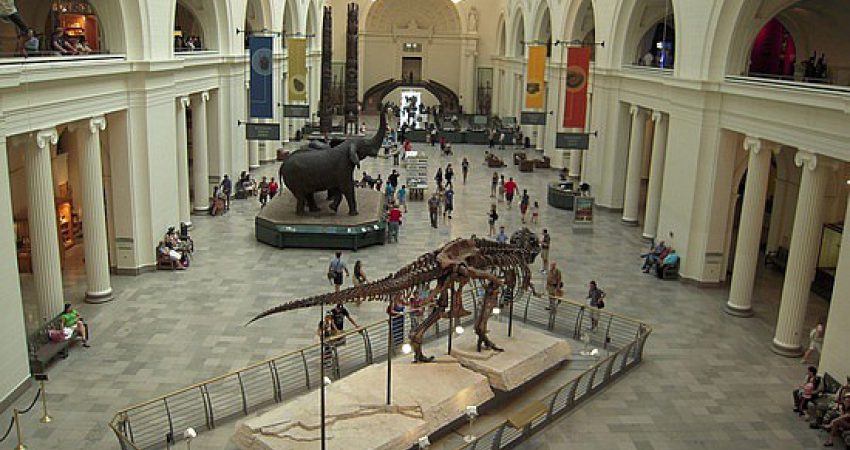
By Elaine Regan - March 2011
PAPER CITATION
Tsybulskaya, D., & Camhi, J. (2009). Accessing and incorporating visitors' entrance narratives in guided museum tours. Curator: The Museum Journal, 51(1), 81–100.
ISE educators who provide guided tours at museums and similar institutions will be interested in this paper as it addresses how informal educators can assess a visitor's "entrance narrative," or collection of experiences, memories, and knowledge related to the subject matter of the museum, and respond to it in ways that enhance and increase visitors' engagement with the subject matter during the tour. Visitors that experienced the entrance narrative mapping technique described here believed it helped them more deeply engage in the subject matter of the tour.
Constructivist theory tells us that human beings are constantly working to make sense of things. Furthermore, prior research suggests that visitors will bring with them their own "naive" or "vernacular" theories about why things happen the way they do. During guided tours, a key part of the job of the informal educator is to engage and make contact with the visitors' existing ideas to further the development of their understanding and awareness about particular subjects or topics encompassed by the tour. The authors of this paper argue that to do this, the museum guide must attempt to see things as the visitor sees them.
To test their theory that incorporating visitors' entrance narratives into guided tours would greatly enhance visitor experience, researchers at the Hebrew University of Jerusalem's Discovery Tree Walk of the Nature Park and Galleries (the "open-campus museum") utilised two forms of accessing visitors' entrance narratives (EN) during a one-hour guided tour. The first, EN mapping, involved presenting each visitor with a piece of paper displaying a circle with the word "tree" inside with eight lines projecting out from it. Visitors were encouraged to spend up to 3 minutes writing down what came to mind, including drawings, poems, experiences, emotions, etc. The guide invited some of the visitors to share a few of their contributions and a conversation followed for about 6 to 7 minutes. The second technique, EN chat, involved the guide asking the group the question, "When you think about trees, what comes to mind?"
The guide followed up on each of the techniques in two different ways, immediately connecting a contribution to the tour narrative and making a connection during the tour. Twenty-five tours explored the EN mapping technique (14 experimental and 11 control) and 11 tours (5 experimental and 6 control) explored EN chat. The control groups did not experience EN mapping or EN chat at the start of the tour, rather a conversation of similar length but not about the subject of the tour. Everything else about the control tours was the same as the experimental tours. A checklist of visitor behaviors was completed through observation of the groups (experimental and control groups) by one of the authors and the contents of the mapping exercise were analysed to explore visitor experience. Visitor questionnaires were also completed and analysed.
Differences were noted between the experimental and control groups indicating an enhanced experience for the visitors that shared entrance narratives, irrespective of the size of the group. These visitors stated that it enhanced their experience of the subject of the tour. The type of technique used to access them or how the EN was utilised within the tour did not affect the enhancement, which suggests that understanding the narratives is a beginning point, but they can be worked with in many different ways within the informal context.




